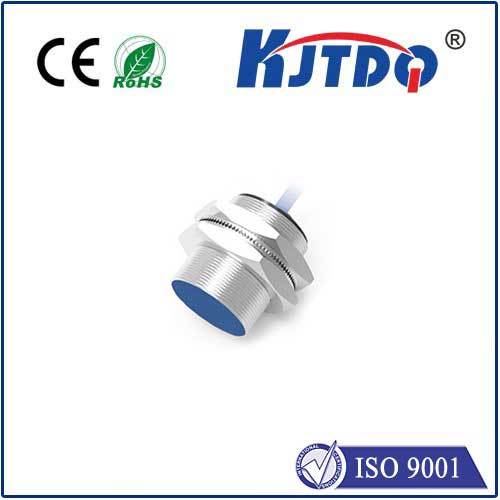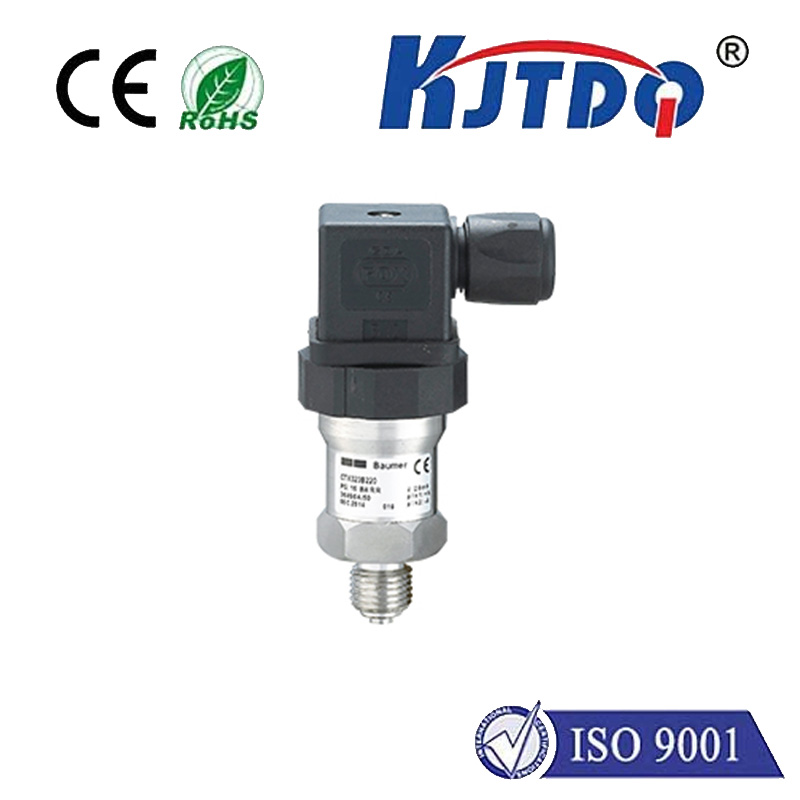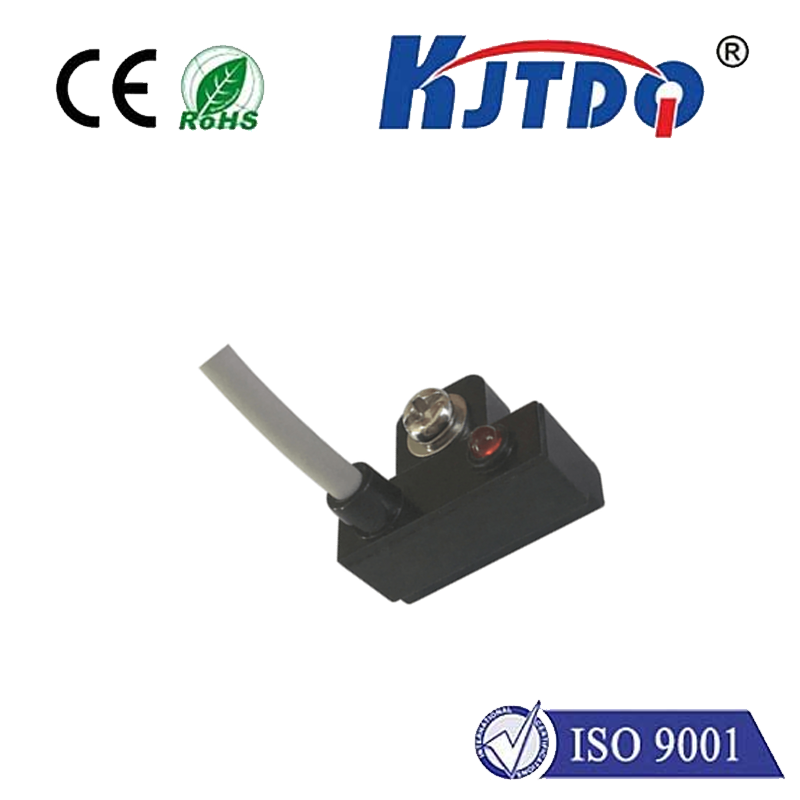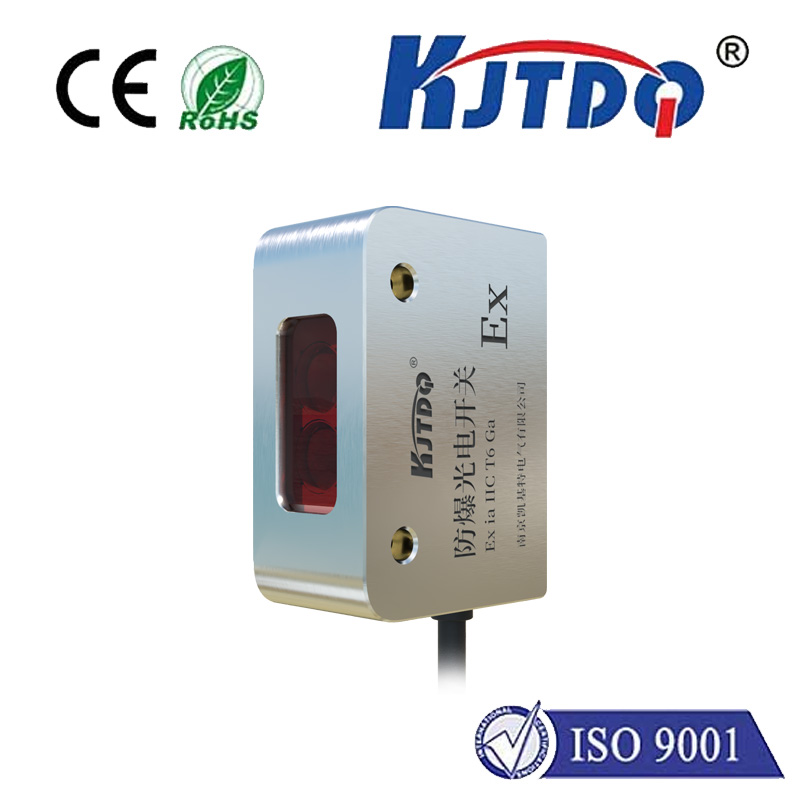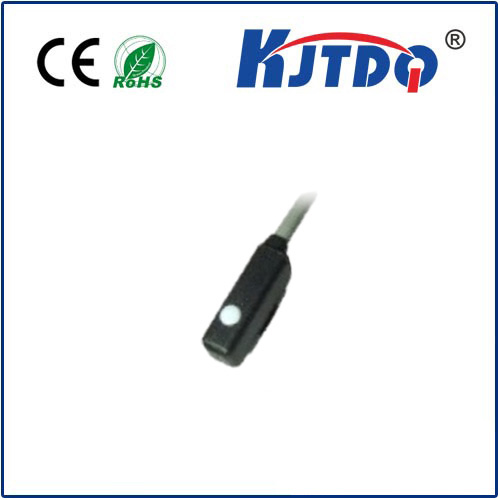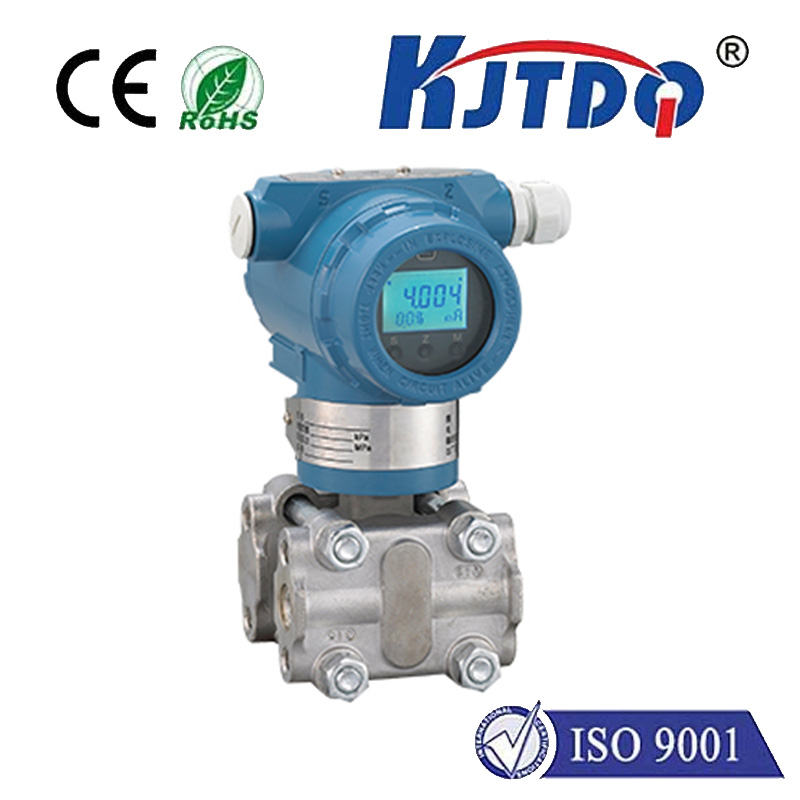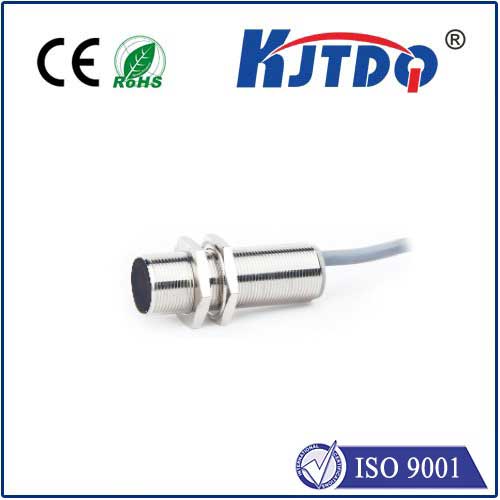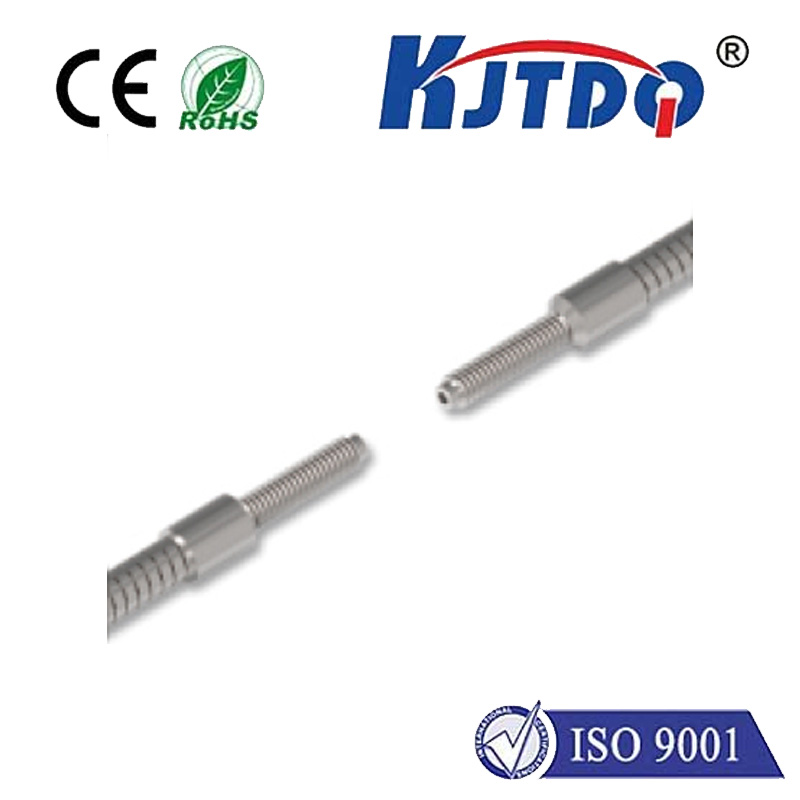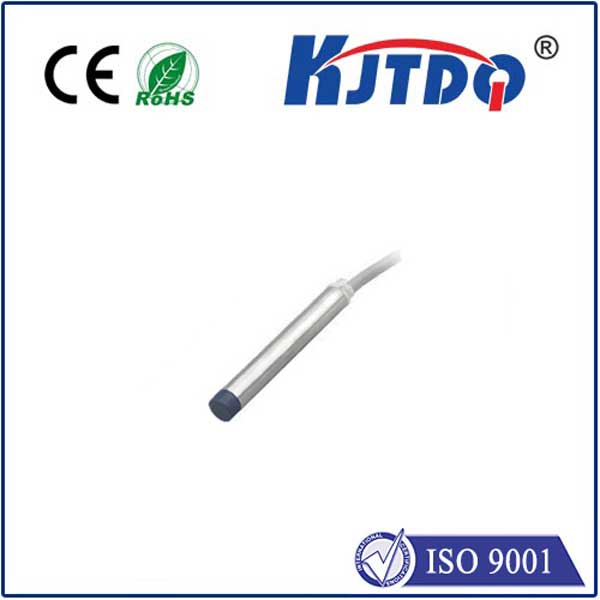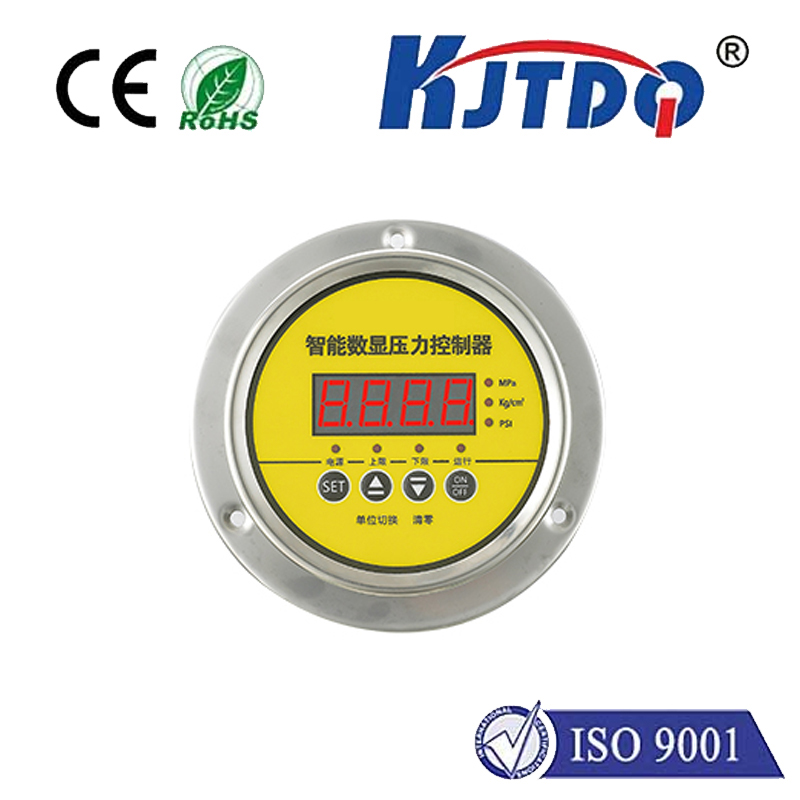BES01PT high pressure proximity sensor
- time:2025-10-13 19:29:03
- Click:0
BES01PT High Pressure Proximity Sensor: Your Guardian Against Extreme Industrial Pressure
Imagine the immense, invisible force within a hydraulic press shaping metal, the potent pressure driving fluid through pipelines deep underground, or the critical containment systems guarding volatile substances. In these high-stakes environments, a failure to accurately monitor pressure isn’t just an inconvenience; it’s a potential catastrophe. This is the domain where the BES01PT High Pressure Proximity Sensor transitions from a simple component to an indispensable industrial sentinel.
Designed explicitly for harsh applications where pressure is king, the BES01PT stands apart. It’s not your standard proximity switch; it’s a robust, intelligent device engineered to deliver unwavering performance when pressures soar and environments turn punishing. Precise, reliable detection under extreme pressure is its core mission.
Understanding the Core Technology
At its heart, the BES01PT leverages inductive proximity sensing – a time-tested and highly reliable principle. It generates an electromagnetic field. When a metallic target (like a piston rod, valve stem, or machine component) enters this field, eddy currents form within the target. These eddy currents cause a measurable change in the sensor’s internal oscillation circuit. This change is detected and processed, triggering an output signal (typically a switching PNP or NPN transistor).
What elevates the BES01PT into the “high pressure” category? Its robust construction and specialized sealing are paramount.

- Pressure-Resistant Housing: Instead of a standard tubular body, the BES01PT often features a stainless steel (e.g., AISI 303⁄304) machined housing. This provides exceptional structural integrity, capable of withstanding pressures typically rated up to 180 bar (approximately 2610 psi) or higher, depending on the specific variant and configuration. This robust shell acts as the first line of defense against mechanical stress and deformation.
- High-Performance Sealing: Preventing fluid ingress under such intense pressure is critical. The BES01PT utilizes advanced sealing technologies, often involving specialized elastomers or composite seals and meticulously engineered sealing geometries. This results in an outstanding protection rating of IP67 or frequently IP69K, ensuring immunity to high-pressure washdowns, oils, coolants, and other aggressive media common in hydraulic systems.
- Optimized Internal Design: The internal components, including the sensing coil and electronics, are secured and isolated within the pressure-resistant housing. This prevents damage from pressure surges and ensures consistent sensing characteristics over the long term.
Why High-Pressure Proximity Sensing is Non-Negotiable
Standard proximity sensors simply aren’t built to survive the relentless forces encountered in many heavy industrial settings. Failure modes include:
- Housing Collapse: Plastic or thinner metal housings can implode or deform under high external pressure.
- Seal Failure: Standard seals can extrude or rupture, allowing fluid ingress that destroys the electronics.
- Mechanical Fatigue: Constant high pressure cycles can lead to metal fatigue and eventual sensor failure.
The BES01PT directly addresses these vulnerabilities, offering unmatched reliability where pressure is a constant threat.
Key Advantages of the BES01PT Sensor
- Direct High-Pressure Operation: Operate reliably directly within pressurized chambers or lines without external protection, simplifying installation and reducing system complexity.
- Exceptional Robustness: Withstands mechanical shock, vibration, and extreme hydraulic or pneumatic pressures that would destroy standard sensors.
- Superior Chemical & Environmental Resistance: The stainless steel housing and high IP rating provide excellent resistance to corrosive fluids, oils, coolants, and intense washdown procedures.
- Wide Temperature Range: Performance is maintained across broad temperature spectrums (e.g., -25°C to +85°C or even -40°C to +100°C variants), crucial for demanding processes.
- Reliable Inductive Detection: Provides non-contact, wear-free position feedback for metals, immune to contamination buildup that affects mechanical switches. Offers switching distances up to several millimeters.
- Simplified Design & Reduced Costs: Eliminates the need for complex sealing arrangements, pressure transducers solely for position, or bulky external protection for the sensor.
Critical Applications Demanding the BES01PT
The unique capabilities of the BES01PT make it essential in numerous high-pressure environments:
- Hydraulic Systems: Monitoring piston position in hydraulic cylinders (especially ends-of-stroke detection), valve position feedback, and detecting component movement within power units, presses, and injection molding machines subject to pressures often exceeding 100 bar.
- Pump & Compressor Controls: Detecting position of pistons, rods, or valves within high-pressure pumps and compressors used in oil & gas, chemical processing, and power generation.
- Die Casting & Metal Forming: Providing reliable position sensing within the high-pressure environments of die casting machines and metal forming presses.
- Test Benches & Pressure Vessels: Monitoring component position or closure status on high-pressure test rigs, pressure vessels, and containment systems.
- Offshore & Subsea Equipment: Where robust sensors capable of handling pressure and resisting corrosion are vital.
- Heavy Machinery: Position monitoring in construction, mining, and agricultural equipment with demanding hydraulic systems.
Selecting and Implementing the BES01PT
When integrating a BES01PT, consider these factors:
- Required Pressure Rating: Ensure the sensor’s spec matches or exceeds the maximum operating pressure of your application.
- Target Material: Standard inductive sensors detect ferrous metals best. Some variants offer extended sensing ranges for non-ferrous metals if needed.
- Switching Distance (Sn): Choose the sensing range appropriate for the target movement and mounting position.
- Electrical Requirements: Select the correct voltage (typically 10-30V DC) and output type (PNP/NPN, NO/NC).
- Connection Style: M12 connectors are common, but options like cables or other connectors exist.
- Compliance: Ensure the sensor meets necessary industry standards (e.g., CE, RoHS).
The Essence of Reliability Under Pressure
The BES01PT High Pressure Proximity Sensor is far more than just a switch. It’s a critical safety and reliability component, engineered to perform where failure is not an option. Its ability to deliver precise, non-contact position feedback directly within high-pressure zones eliminates weak points, simplifies system design, and dramatically reduces maintenance headaches.
For engineers designing systems that operate at the extremes of force, integrating the BES01PT isn’t merely a choice; it’s a commitment to operational integrity and long-term performance. It’s the assurance your critical processes have a guardian watching over them, impervious to the immense pressures they face.






